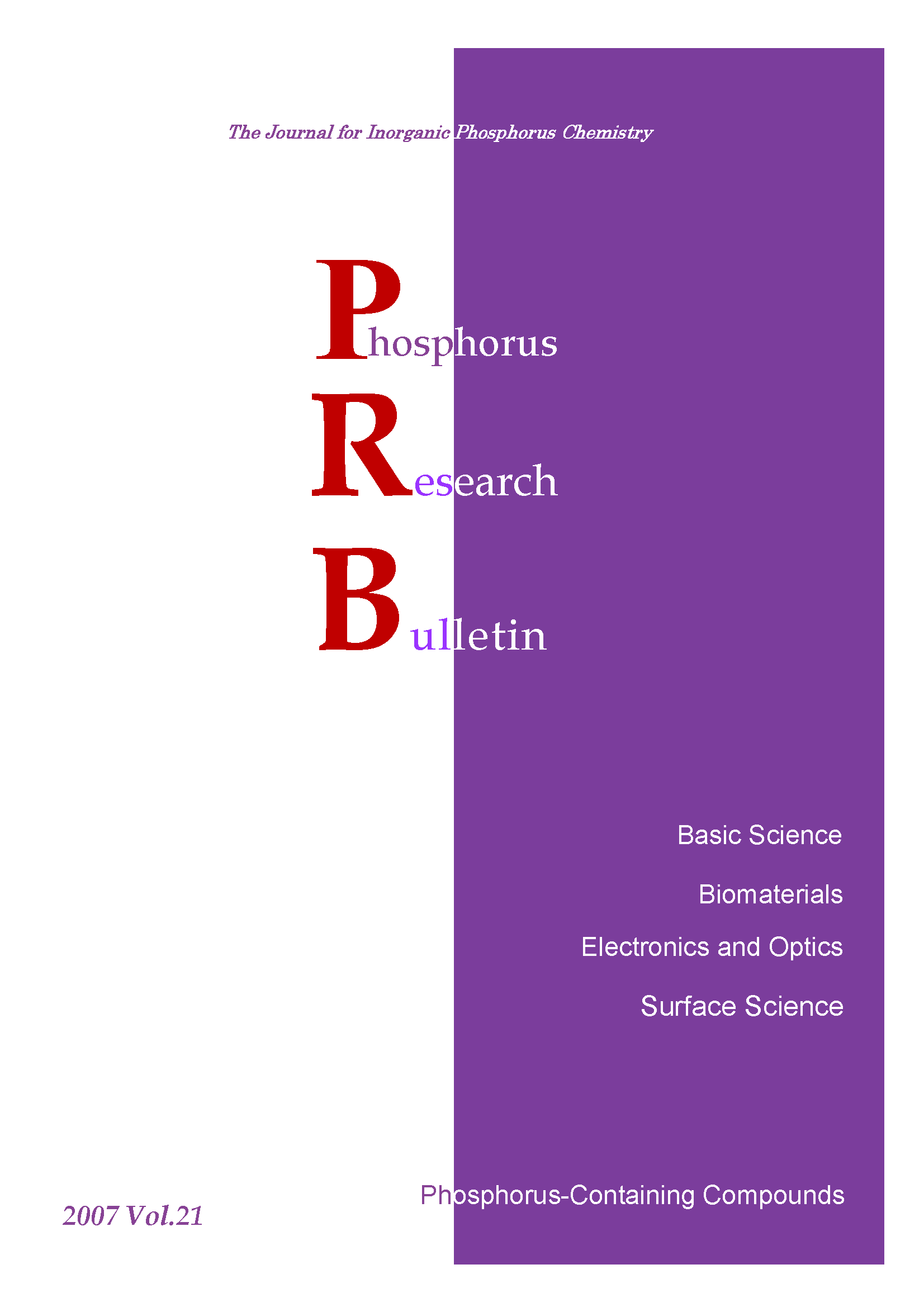Volume 21
Displaying 1-19 of 19 articles from this issue
- |<
- <
- 1
- >
- >|
-
2007Volume 21 Pages i-ii
Published: 2007
Released on J-STAGE: September 26, 2007
Download PDF (9K) -
2007Volume 21 Pages 1-8
Published: 2007
Released on J-STAGE: September 26, 2007
Download PDF (338K) -
2007Volume 21 Pages 9-15
Published: 2007
Released on J-STAGE: September 26, 2007
Download PDF (148K) -
2007Volume 21 Pages 16-19
Published: 2007
Released on J-STAGE: September 26, 2007
Download PDF (664K) -
2007Volume 21 Pages 20-24
Published: 2007
Released on J-STAGE: September 26, 2007
Download PDF (209K) -
2007Volume 21 Pages 25-30
Published: 2007
Released on J-STAGE: September 26, 2007
Download PDF (428K) -
2007Volume 21 Pages 31-37
Published: 2007
Released on J-STAGE: September 26, 2007
Download PDF (425K) -
2007Volume 21 Pages 38-43
Published: 2007
Released on J-STAGE: September 26, 2007
Download PDF (149K) -
2007Volume 21 Pages 44-47
Published: 2007
Released on J-STAGE: September 26, 2007
Download PDF (1414K) -
2007Volume 21 Pages 48-52
Published: 2007
Released on J-STAGE: September 26, 2007
Download PDF (49K) -
INFLUENCE OF UREA ADDITION ON PREPARATION AND ACIDIC PROPERTIES OF AMORPHOUS LANTHANUM PYROPHOSPHATE2007Volume 21 Pages 53-59
Published: 2007
Released on J-STAGE: September 26, 2007
Download PDF (214K) -
2007Volume 21 Pages 60-70
Published: 2007
Released on J-STAGE: September 26, 2007
Download PDF (393K) -
2007Volume 21 Pages 71-77
Published: 2007
Released on J-STAGE: September 26, 2007
Download PDF (1156K) -
2007Volume 21 Pages 78-83
Published: 2007
Released on J-STAGE: September 26, 2007
Download PDF (575K) -
2007Volume 21 Pages 84-87
Published: 2007
Released on J-STAGE: September 26, 2007
Download PDF (677K) -
2007Volume 21 Pages 88-94
Published: 2007
Released on J-STAGE: September 26, 2007
Download PDF (246K) -
2007Volume 21 Pages 95-96
Published: 2007
Released on J-STAGE: September 26, 2007
Download PDF (132K) -
2007Volume 21 Pages 97-102
Published: 2007
Released on J-STAGE: September 26, 2007
Download PDF (158K) -
2007Volume 21 Pages 103-110
Published: 2007
Released on J-STAGE: September 26, 2007
Download PDF (304K)
- |<
- <
- 1
- >
- >|
